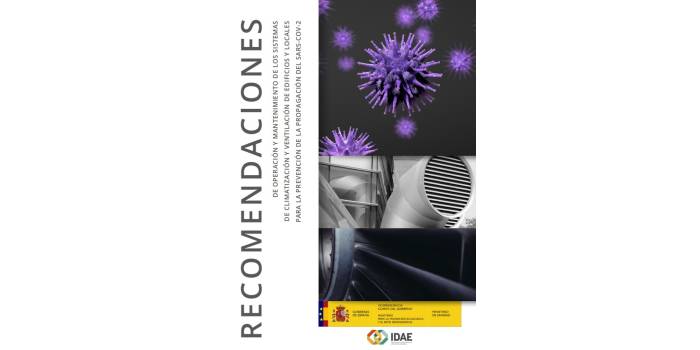 International. A guide with different recommendations for the implementation and maintenance of ventilation and air conditioning systems has recently been published by the Government of Spain.
International. A guide with different recommendations for the implementation and maintenance of ventilation and air conditioning systems has recently been published by the Government of Spain.
The document establishes a series of technical criteria to protect public health, with the aim of preventing the spread of COVID-19 in public spaces and premises with ventilation or mechanical air conditioning, such as offices, shopping centers, sports or cultural facilities, among others.
The guide has been coordinated by technicians from the Ministry of Health, the Ministry of Ecological Transition and Demographic Challenge and the Institute for the Diversification and Saving of Energy, with the participation of experts in public health, environmental health, aerobiology and air conditioning and ventilation facilities. They also took into account the recommendations of international agencies, professional organizations and scientific societies.
The recommendations are as follows:
1- The guide emphasizes that air renewal is the most important parameter. If possible, a minimum of 12.5 liters per second (l/s) and occupant is recommended, which is the value that the Regulation of Thermal Installations in Buildings attributes to good quality air. To ensure this minimum value, you can work in two directions: increase ventilation or reduce the occupation of spaces.
2- It is advisable to verify that the equipment in charge of air renewal works, at least, in their nominal design conditions and that the possible pressure losses, especially internal to the system, are minimal (filters with clogging, etc.).
3- If the system has specific air quality controls (CO2 probes, etc.) it is recommended to disconnect them, giving priority to the flow of the system (by schedule). Specifically, during working hours, it is advisable to work with the maximum flow allowed by the system from two hours before opening and up to two hours after closing. In the remaining hours of the week, including weekends, it is preferable that the system continues to operate at low flow, but never at a level below 25% of the nominal air flow.
4- In those devices that make it possible, the guide recommends eliminating or reducing the recirculation of air whenever the operating conditions allow it.
5- As for rotary heat recuperators, it is advisable to carry out an inspection before putting them into operation. In plate recuperators, on the other hand, it is recommended to check for possible leaks.
6- If there is a specific extraction system for the toilet area or other areas attached to the office -such as, for example, changing rooms-, it is advisable to keep them active permanently.
7- When the building, in origin, does not have mechanical ventilation systems, the guide recommends the opening of accessible windows, favoring cross ventilation. It is advisable to carry out regular ventilation with windows even in buildings with mechanical ventilation.
8- It is recommended not to modify the setpoint temperature or heating or cooling.
9- The regulatory ranges on relative humidity -between 30% and 70%- are considered adequate, so the guide advises to maintain the previously established setpoints in the building.
10- In the event that in the building there are "fancoils", inductor "splits" or other types of indoor units of direct expansion, it is advisable that these devices work in a rhythmic and solidary way with the outdoor units. The guide recommends increasing, as much as technically possible, the filtration of the recirculated air if the equipment allows it, and as long as the nominal air flow of the equipment is guaranteed.
11- If the premises present difficulties in obtaining satisfactory ventilation, it is advisable to use portable units equipped with high efficiency HEPA filters, located in the spaces to be treated. They must maintain a significant hourly movement index. The effectiveness of this equipment depends on its correct selection and sizing, so it must be done by a competent technician.
In particular, the guide recalls that equipment based on the generation of ozone cannot be used in premises with the presence of people and that the World Health Organization warns against the use of UV-C lamps to disinfect hands or any other surface of the skin. Therefore, its use in environments where there is a presence of people is not recommended.
12- The document considers the maintenance tasks as relevant as the operation of the system. Thus, in the case of those buildings and establishments that have closed or ceased their activity, it is advisable to carry out a general review of the air conditioning installation before reopening, cleaning grids, diffusers, filters and batteries. And if the installation is ventilation, it is convenient to carry out a process of purging the interior air of both the building and the system, for which it would be enough to start the ventilation system to offer a number of renovations of the adequate indoor air.
13- The guide does not consider it mandatory to clean the ducts if the previous recommendations on the increase in the supply of outside air, absence of recirculation and stop of rotary recuperators are followed. This recommendation does not exempt from the mandatory review, once per season, of the network of ducts according to the criteria of the UNE 100012 standard.
14- It is advisable to replace the air filters according to the maintenance program already established in each building. If the fan of the equipment allows it, it is recommended to improve the efficiency of the filter, provided that the nominal air flow of the equipment is guaranteed.
15- The document also considers it convenient to review and clean the drive and return units.
16- The maintenance work must be carried out in accordance with the security measures established in the protocols of each company and according to the guidelines of the Ministry of Health. Specifically, the guide emphasizes the need to act safely in the event of filter changes. Protective measures will be the usual ones, including mandatory respiratory protection and gloves for all of them.
17- In the event of a possible positive case of COVID-19, it is recommended that the space where the person has stayed be ventilated for at least four hours. Ventilation should begin at least two hours before starting disinfection work. Within the protocol of cleaning and disinfection of the space, it is recommended to include the grids of impulsion and return of air; the removal, cleaning and disinfection of the filter from the indoor unit if any (fancoil, split); and cleaning and disinfecting the indoor unit, if any, by spraying a disinfectant solution.
Access the full report by clicking here.
Source: Government of Spain.



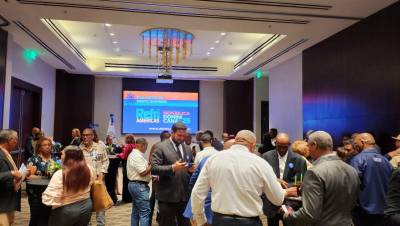
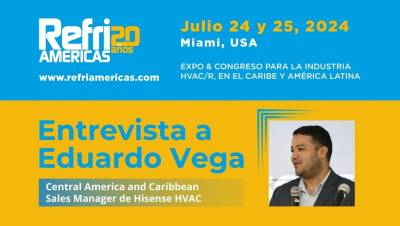
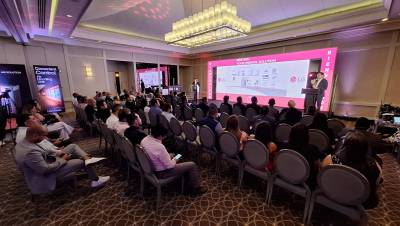
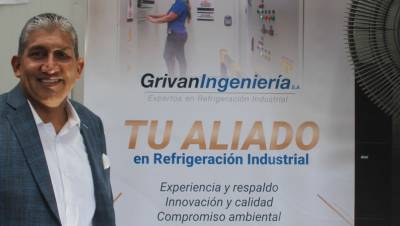
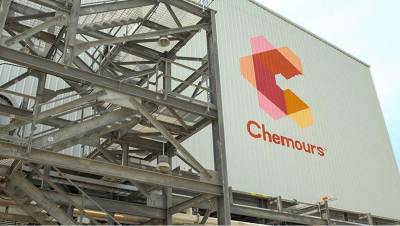
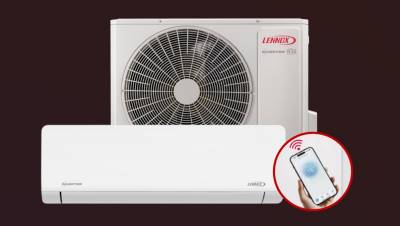
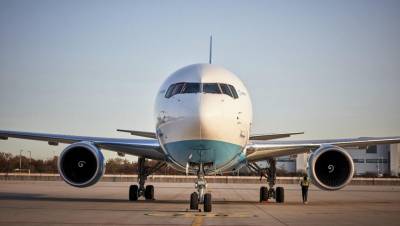
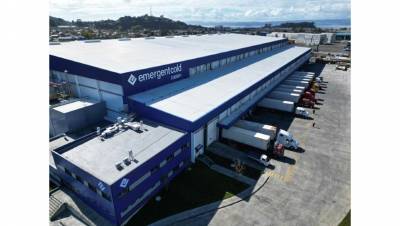
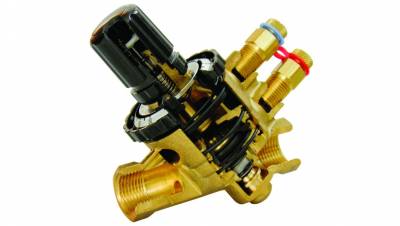
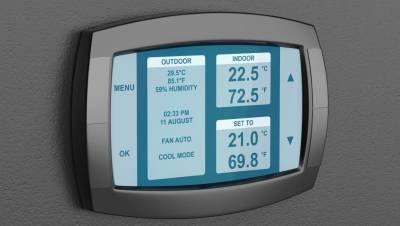
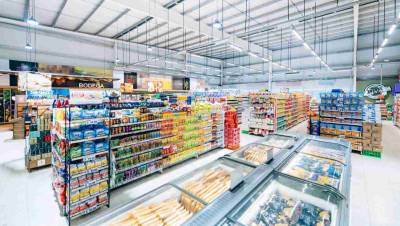
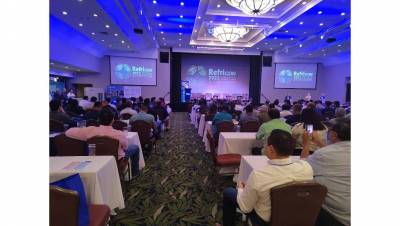
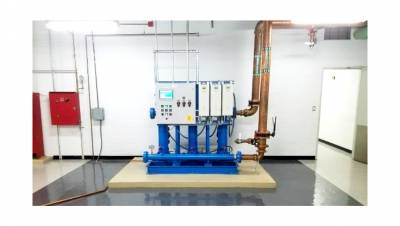
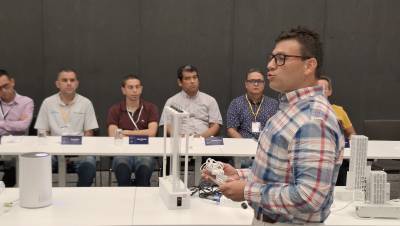
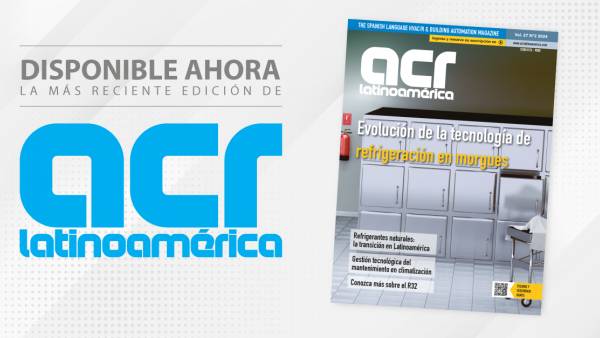







Leave your comment